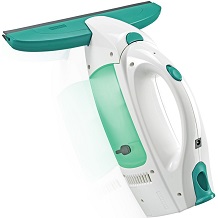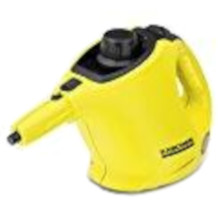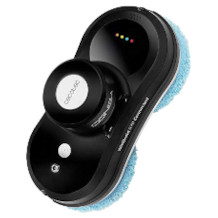Industrial vacuum cleaner purchasing advice: how to choose the right product
- What you need to know
- Industrial hoovers are particularly powerful hoovers.
- They have a larger capacity than household hoovers and also suck up liquids.
- Industrial hoovers are often used for cleaning buildings and in workshops.
- Some models have a bag that can be disposed of hygienically.
High suction power against stubborn dirt
Industrial hoovers are very powerful hoovers that are used to clean large areas, for example in catering, workshops, hotels or open-plan offices. Thanks to their great suction power and high capacity, they can be used to work quickly and efficiently. In addition, industrial hoovers can cope with things that any normal hoover would fail at. This is why they are also regularly used on construction sites.
Often, industrial hoovers are called wet-dry hoovers because they are able to pick up liquids. They are designed in such a way that the electric motor is always protected from moisture. Since industrial hoovers are much more robust than conventional household hoovers, they can also cope with coarse material such as metal and wood waste.
Who needs an industrial hoover?
Most private households can do without an industrial vacuum cleaner. However, simple industrial hoovers are certainly of interest to do-it-yourselfers and hobbyists. If you work with wood or metal in your hobby room or use a grinding machine, you will certainly need a powerful vacuum cleaner. A vacuum cleaner that can pick up wet and dry construction waste is also a great help for renovations or other construction projects. For large construction projects, you should go for a professional machine with a high dust class. Since industrial hoovers have no problems with moisture, they are also often used for basic carpet cleaning.
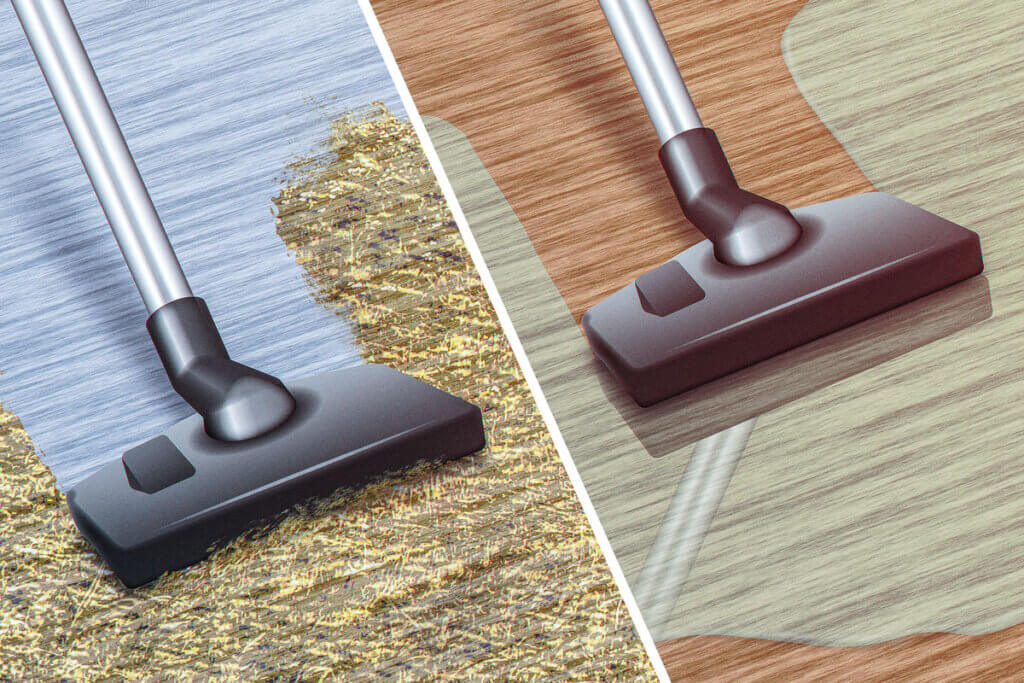
How does an industrial hoover work?
The basic construction of an industrial hoover is no different from ordinary hoovers. An electric motor drives a fan that creates a vacuum. This creates a strong suction effect that allows dirt particles to be sucked up. Dirt and dust enter a collection container, the filters inside clean the sucked up air and release clean air without particles.
In most industrial hoovers, particles that do not stick in the filter are trapped in a water tank. In an industrial vacuum cleaner equipped with a separator, the drawn-in air rotates, separating solid particles from water. Both variants can be used as wet-dry vacuum cleaners as well as dry vacuum cleaners. Industrial hoovers with a permanently installed bag system are usually only suitable as dry vacuum cleaners. However, if the bag can be removed, coarser dirt can also be vacuumed up.
What types of industrial hoovers are there?
Basically, there are two types of industrial vacuum cleaners: models that can be fitted with a dust bag and those that cannot. Depending on the purpose for which they are to be used, each of these variants has advantages and disadvantages.
Industrial hoover with bag
An industrial hoover with a bag has one main area of expertise: vacuuming dust. Here it does an excellent job. In addition, the bag makes it much easier to clean the appliance after vacuuming. The filled bag is simply removed and disposed of. With the bag inserted, however, the vacuum cleaner is not suitable for wet vacuuming and should only be used for dry dust. Care must also be taken not to vacuum large, coarse objects that could damage the bag. Finally, there is the issue of cost, as the bags are relatively expensive. However, with many models, inserting a bag is only an option. Without a bag, they can also be used as wet-dry vacuums, which makes them good all-rounders.
Pro points
- More efficient dry vacuum
- Easier to clean the appliance
- Often can be used with or without bag
Drawbacks
- No vacuuming of larger objects
- Can only be used on dry surfaces
- Additional costs due to bag
Industrial hoover without bag
With bagless industrial vacuum cleaners, dust, other dry waste and liquids are sucked together into a large bowl. Fine particles are bound in the water and after use the vacuum cleaner is emptied via a drain valve. Such industrial vacuum cleaners are also called all-purpose vacuum cleaners. If you only want to vacuum up coarse dirt and liquids, you can safely do without a vacuum cleaner with a bag and use an all-purpose vacuum cleaner instead. It should be noted that vacuuming up liquids involves a lot of work afterwards. Although most of the absorbed dirt is drained off, the tank still has to be thoroughly cleaned afterwards.
Pro points
- No problem with coarse dirt
- Can be used as dry and wet vacuum cleaner
- No bags necessary
Drawbacks
- Time-consuming cleaning of the vacuum cleaner
Important purchase criteria for industrial vacuum cleaners
Depending on the work area, it does not have to be a large industrial vacuum cleaner. For a small workshop, for example, a space-saving unit is sufficient. Also important are the so-called dust classes, which are based on the harmfulness of the waste produced. An industrial hoover must have the appropriate dust class for its area of application. As far as suction power is concerned, you should not rely on wattage alone.
Size and weight
How well an industrial vacuum cleaner can be moved and stored depends on its size and weight. If the vacuum cleaner is often transported, for example, it should fit comfortably in the boot. An industrial hoover that is mainly used in a small workshop should also not be too big.
The bigger the machine, the heavier it is. Many industrial hoovers weigh between eight and ten kilograms, some models even more. But there are also smaller models that weigh only about five to seven kilograms. By the way, a heavy industrial hoover is not automatically more powerful. As a rule, however, large hoovers have a larger capacity than small ones.
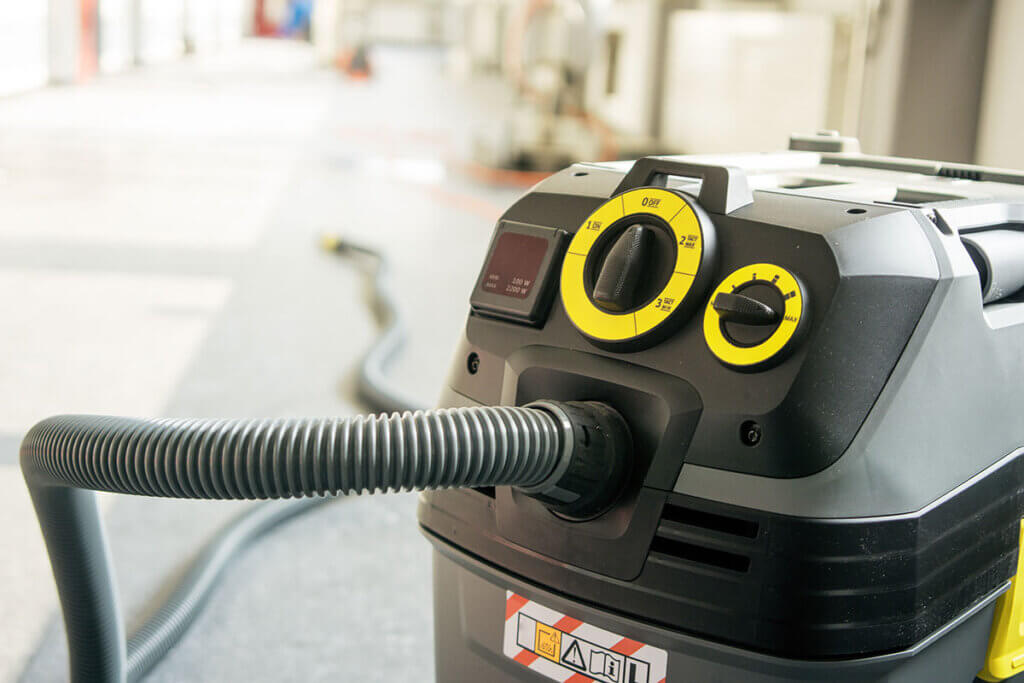
Performance and suction power
The power of hoovers is often given by manufacturers in watts. However, this information is of limited help to users, as it only indicates the motor power and not the actual suction power. More important is how efficiently the appliance translates motor power into suction power. Nevertheless, you should pay attention to the power in watts when buying; a good appliance has at least 1,200 watts.
More meaningful than watts is the volume flow. This describes the volume of air and dust mixture that flows through an opening in a certain amount of time. The volume flow is usually given in litres per second. A good industrial hoover has a maximum volume flow of about 60 litres per second. The higher the value, the more powerful the vacuum cleaner.
Volume is not to be neglected
Industrial hoovers are equipped with a powerful electric motor – and it is loud. Wet-dry vacuum cleaners can reach a volume of 80 to 110 decibels during operation. For comparison: 80 decibels is about as loud as a busy street, 100 decibels corresponds to a passing underground train and 110 decibels to a chainsaw. It is therefore important to use the vacuum cleaner considerately.
Separation efficiency of the filter
Dust and dirt generated by working with different materials differ in terms of their nature and harmfulness to people and the environment. Therefore, dust is divided into three classes that provide information about its harmfulness.
Work that generates dust always involves a certain health risk. To minimise this risk, an industrial hoover with a filter that matches the dust class should be used. In the hobby and DIY sector, a filter for dust class M is probably sufficient. Dust bags for industrial hoovers are also marked with the corresponding dust classes.
| Dust class | Hazardousness | Examples | Working area | Air flow rate |
| L | Slightly hazardous | House dust, sand, gypsum, lime | Building cleaning | 1.0 percent |
| M | Moderately hazardous | Wood and metal dust, paint particles | Carpenters, locksmiths, painters | 0.1 percent |
| H | Highly hazardous | Asbestos, mould spores, lead dust, mineral fibres, flour dust | Asbestos removal, heating construction, dry construction, oven construction, bakeries | 0.005 percent |
Container volume
The calculation seems simple at first: a large container holds a lot of dust and dirt and therefore needs to be emptied less often. But big is not automatically better – the size that makes sense depends on the area to be cleaned and the volume of dust that accumulates. Even smaller industrial hoovers can hold at least 15 litres. Most models, however, have a capacity of between 20 and 25 litres.
For large areas, a high capacity ensures fast work progress. Models with containers that hold more than 30 litres are nevertheless only of limited use. They are generally heavier and therefore more difficult to manoeuvre. Things do not get easier when the container is filled to the brim. Emptying the large container can then cause problems.
Equipment
The basic equipment of an industrial hoover consists of a suction tube and hose, a collection container, a filter, a floor nozzle and a retractable power cable. With some models, however, the cable has to be looped around a cable holder by hand. Often, a crevice nozzle is also included, which makes it easier to clean hard-to-reach places. There are other special attachments and brushes for certain surfaces.
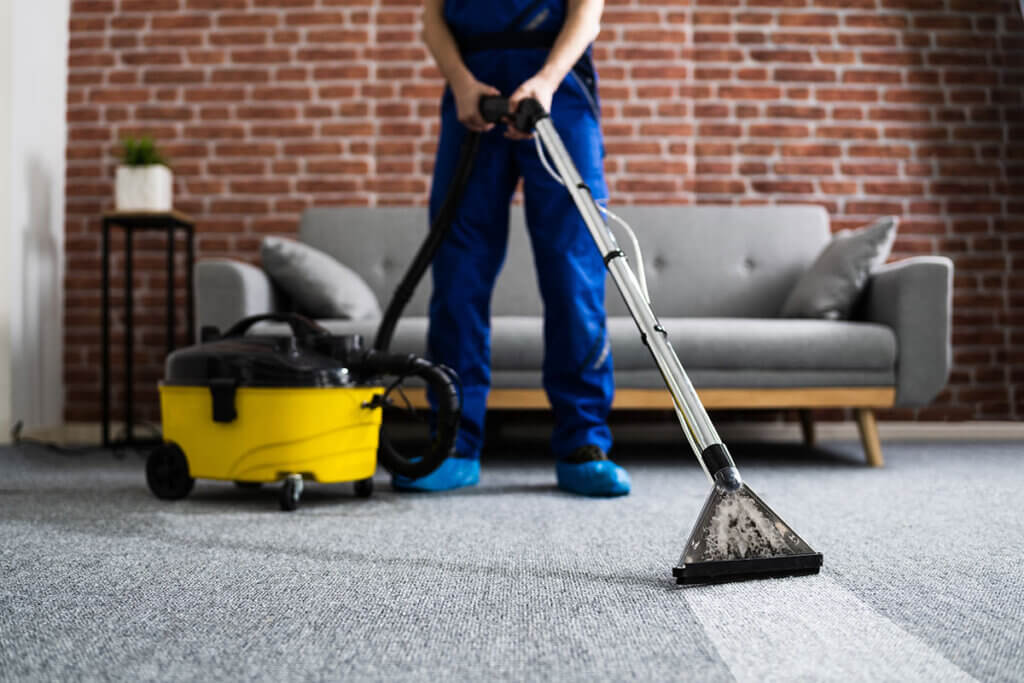
Since industrial hoovers are often used on large surfaces, their range of motion must be large enough to allow them to clean comfortably. However, constant repositioning of the mains plug with a short cable slows down progress. The radius of movement is made up of the length of the mains cable, the suction hose and the tube. A good industrial hoover should have a radius of about eight metres. The quality of the wheels is also crucial for manoeuvrability. If they are stiff, it makes it difficult to work with the machine. There should also be a locking function for the castors so that the vacuum cleaner can no longer be moved if necessary.
Other features
In addition to the basic equipment, many industrial hoovers offer further features that facilitate use or extend the range of functions. The filter cleaning mechanisms in particular are likely to be relevant for most users.
Integrated socket
Industrial vacuum cleaners designed for use in a workshop often have an integrated socket. This socket transmits the power that the hoover draws from the mains cable. The socket on the hoover can be used to connect power tools; dust produced during work can then be picked up directly by the hoover. In addition, the long cable extends the operating range of the tools, which often do not have overly long cables.
Blower function
With some industrial vacuums, the air flow can be reversed – the vacuum becomes a blower. This can be a great help when cleaning, for example by blowing dust away from hard-to-reach places. For example, it is much easier to remove dust from a dusty shelf. The blower function can also be used to blow particles lying on the floor into a pile.
Automatic filter cleaning
Industrial hoovers usually have to deal with coarse dirt, which is why the suction power decreases after a while. The reason for this is the dirty filter, which has to be removed and cleaned. This means interrupting work every time. High-quality industrial vacuum cleaners therefore have an automatic filter cleaning system, which is called “Push and Clean” on many models. For this simple cleaning, users have to hold the hose closed and press the cleaning button at the same time. The filter is then cleared of residues by a powerful air stream and the hoover can continue to work at full power. This function is also highly recommended for allergy sufferers, as they do not have to come into contact with the filter.
Shaking function
To prevent the filter from clogging quickly, professional machines are equipped with a shaking or knocking function. The filter is shaken out or tapped during the suction process and can then pick up new dust. Compared to airflow, this variant of filter cleaning has the advantage that the suction process does not have to be interrupted.
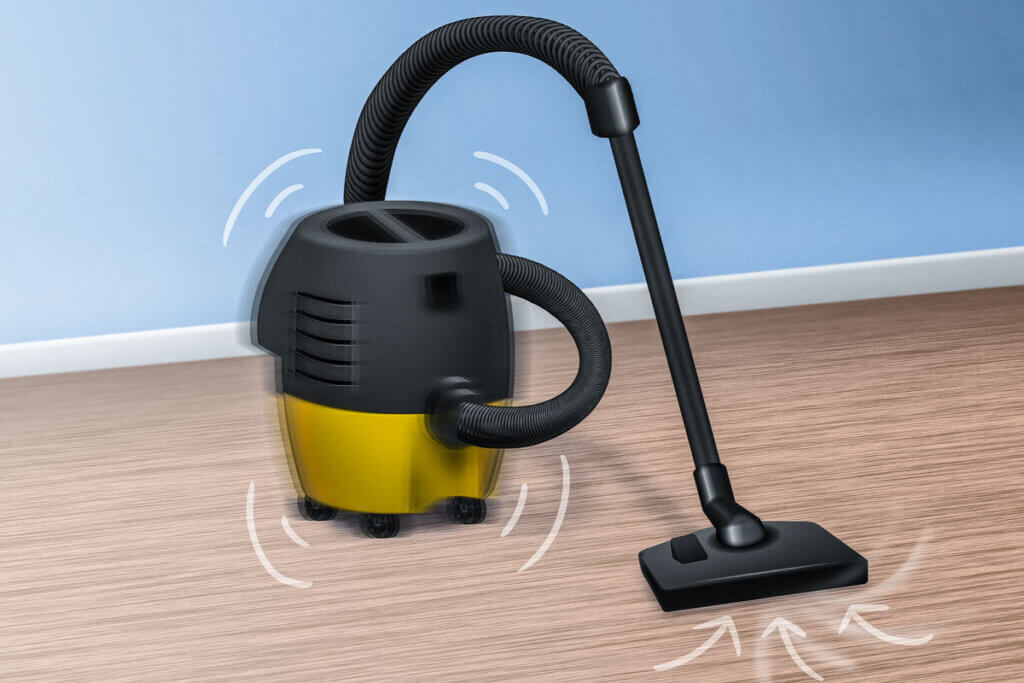
Cleaning an industrial vacuum cleaner
Industrial hoovers are robust devices that can withstand a lot. Nevertheless, regular maintenance is necessary to maintain their suction power. As preventive care, the liquid container should always be emptied and cleaned after use. This prevents mould from forming, which could otherwise build up throughout the unit and in the filters.
In the case of an industrial hoover with a bag, this should be checked regularly and replaced if necessary. A bag that is too full reduces the suction power, an overfilled bag even blows dirt and dust back out of the device. The filter must also be replaced at regular intervals, at the latest when it becomes visibly clogged with dirt.
If the suction power of an industrial hoover decreases, the trigger for this can also be in the nozzle. Check it for stuck dust and dirt. In combination with liquid, these residues can also become stubbornly solidified. Often the nozzle can still be cleaned by hand. If necessary, use a commercially available brush – but do not use a wire brush.
The suction tube also needs regular maintenance. Not only dirt can accumulate here, but also mould. The tube can be cleaned by soaking it in water and detergent from time to time. Soak it in this for about an hour. Then rinse the pipe with cold water. Never use aggressive chemicals to clean an industrial hoover. These could attack the plastic parts of the unit.
Images 1-2: © FinalCheck| Image 3: © Lucio / stock.adobe.com | Image 4: © Andrey Popov / stock.adobe.com | Image 5: © FinalCheck

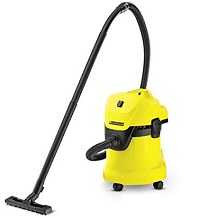
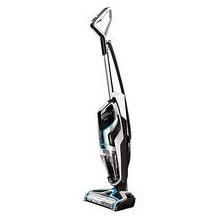
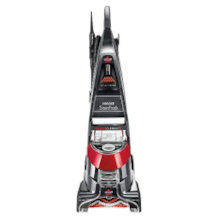
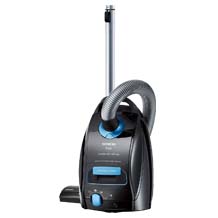
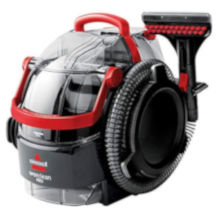
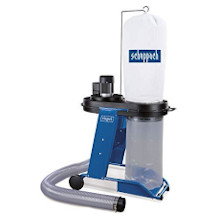
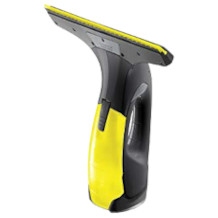
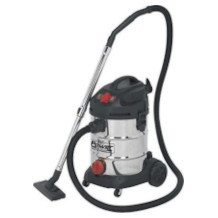
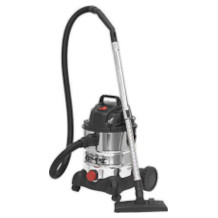
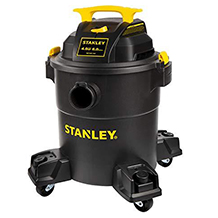
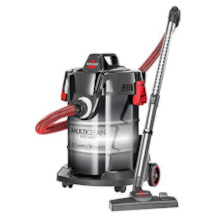
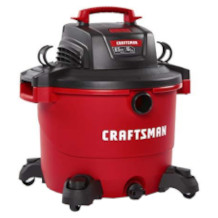
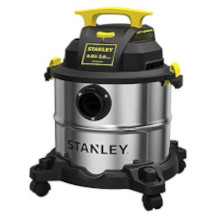

 20 reviews
20 reviews





